QuestionMark,
About two weeks ago I was given a 6 month old dwarf red foot(my 1st). I have him in a 20 gallon long with a 100 watt ceramic heater, vita light , 150 watt heat bulb, he has about three inches of substrate (wood chips), and a water dish to soak in. I leave the lights on about 12 hours per day. He seems to be fine, he eats 2x a day (with vitamins and Cal). He soaks and deficates in the water dish. His poop is firm. I am concerned because his shell is not really that smooth. It is not soft but a bit bumpy. I only feed him Mazzuri tortoise chow with chopped up greens. He does not really eat the greens but loves the Tortoise chow. Is this from too much protein? And is his shell normal ?
Thanks Todd
AnswerRed- and Yellow-foots seem to vary in the amount of pyramiding they have on their shells and I am unaware of any good solid studies as to why this is.
Even when they do pyramid, they do not seem to do it as badly as some African species do, so they may just be more resistant to it.
However, as I am sure your own research showed, pyramidding in other species (mostly documented in Sulcatas), seems to be due to imbalanced diets- too heavy on protein, not enough sunlight/vitamin D, improper calcium/phosphorus ratios, too little fiber, too 'wet' of foodstuffs, etc. (In other words- 'it seems diet-related, and is either a result of something we are missing, or caused by general mal-nutrition')
This is especially odd as the South American species enjoy a substantially different diet than the drier climate tortoises do (wetter, more fruits, less roughage, etc.) This link goes to a decent 'starting point' for basic feeding questions: http://tortoise.org/archives/carbonar.html
Here is a website showing pyramiding several species (although some of the photos are unlabeled I do not think any are South American species): http://www.turtlestuff.com/pyramid.html I think he is a bit harsh in some comments, but the basic info seems about as solid as anyone's.
As far as the diet you are feeding, I cannot say I am 100% happy with it.
The Mazuri Tortoise Diet (http://www.mazuri.com/5m21-5e06.htm) seems a bit geared towards the desert species and a little light in supplimental vitamins. At 15% protein it should not be too bad, but it IS a tiny bit high. When combined with lower protein food, however, it is fine.
My tortoise diet plan is:
1. Determine a baseline amount of food- how much food does your tortoise eat in the morning in about 15-30 minutes? 1/2 cup? A cup? 3 cups? How about in the afternoon?
2. This total amount of food is a 'normal' meal. The normal meal is fed in 2 to 4 servings per day.
3. A week consists of a heavy day (about 50% to 100% more food, or an couple extra feedings)), a fast day, a light day (about 1/2 the usual amount of food, 3 regular days, and a 'surprise' day of any of the above. I usually alternate normal days with the other days.
4. The actual diet consists of about 1/2 to 3/4's of a bulky but nutritious 'staple', like the Tortoise diet, Purina Monkey Chow, home-made Tortoise Jello, or another product. The rest of the serving is about equally divided between at least two different categories (depending on the species and availability)- fruits, vegetables, grasses, and greens. This is supplimented by good quality reptile vitamins (ideally including vitamin B13).
(Tortoise Jello: (general recipe- improvise at will!)
8 oz. Boiling Water
1 1/2 oz. Unflavored Gelatin (like Knox Unflavored Gelatin)
6 oz. Pellatized tortoise food (Mazuri, moneky chow, etc.), crushed
? oz. Any combination of chopped dried hay (alfalfa or sweet Timothy), iguana chow, dried vegetables, dried mushrooms, fried (but unsweetened) fruits, greens, squash, etc. Add enough to thicken the mix, but leave it 'pourable'
1 1/2 oz. Bone Meal
1 oz. Cod Liver Oil (optional)
20 drops red food coloring
- Prepare as usual for gelatin, Pour into ice cube mold or similar trays, add a good sprinkle of good vitamins, chill to set. Can be frozen until needed, but always thaw to room temp before serving.
5. I try to have at least 2 different 'staples' available. This helps me prevent any deficencies any one product may have, and it provides variety.
6. Most tortoises enjoy some form of treat- banana, melon, dandelions, strawberries, small pieces of cooked chicken, whole grain bread, etc. Treats that are healthy are OK in small amounts every day or two. Less healthy treats (like chicken) can be fed in small amounts weekly or less.
7. Every day or so, try to offer something a bit different if possible. Parsley, chopped apples, cooled boiled or baked potatoes, toast, etc. This is how you track changing dietary preferences, discover new treats, and offer the tortoise something interesting to do (enrichment). Just look over your kitchen or the back yard to see what you can try this time.

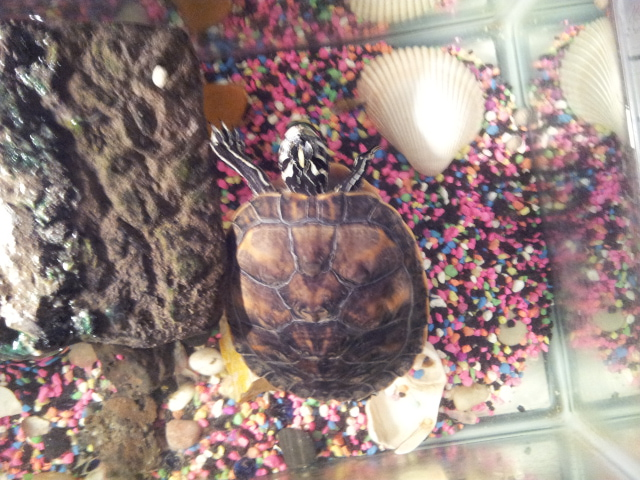 Painted turtle house pet issue
QuestionQUESTION: Our pet turtle that was found in our
Painted turtle house pet issue
QuestionQUESTION: Our pet turtle that was found in our
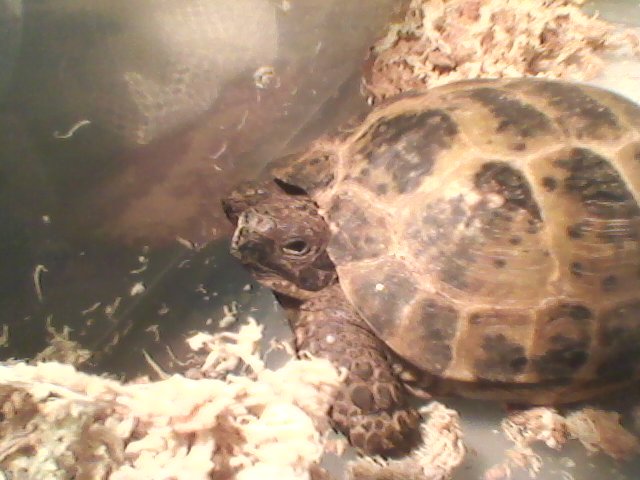 Russian Tortoise Questions
Question
Ayden the Tortoise
Hello, my name is Mi
Russian Tortoise Questions
Question
Ayden the Tortoise
Hello, my name is Mi
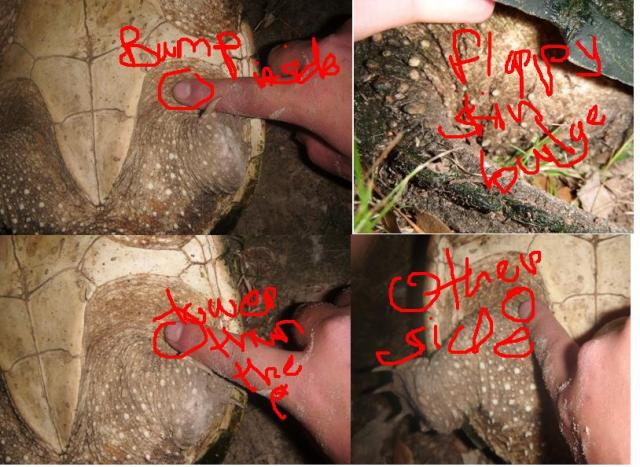 Eggs?
QuestionQUESTION: I have an 11 ft snapping turtle. I wa
Eggs?
QuestionQUESTION: I have an 11 ft snapping turtle. I wa
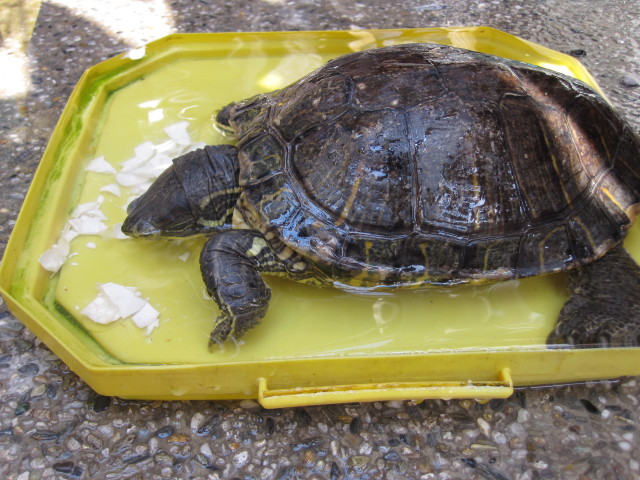 obesity
Questionobesity
QUESTION: heres another picture
obesity
Questionobesity
QUESTION: heres another picture
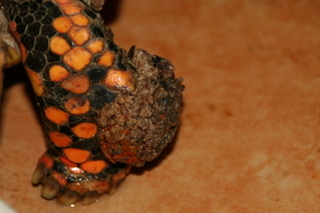 Warts issue
Question
warts issue
Does the attached picture match a
Warts issue
Question
warts issue
Does the attached picture match a